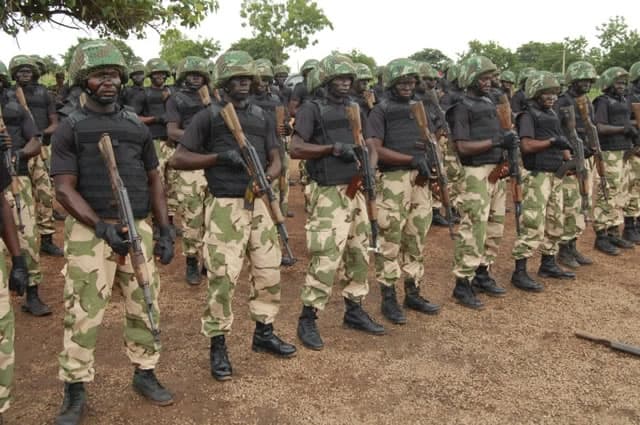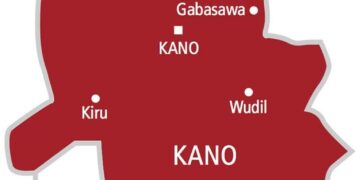The Nigerian Army 8 Division has concluded its 2025 Inter-Brigade Combat Proficiency Competition, which strongly emphasised discipline, welfare and combat-readiness of troops across its area of responsibility.
At the closing ceremony, the General Officer Commanding 8 Division, Major Gen Ibikunle Ajose, praised the resilience of participants throughout the 5-day exercise.
He stressed the essence of rigorous training in preparing troops for operations, noting that “if you train hard during this time, you will definitely fight easily in battle.”
The competition brought together formations under 8 Division to showcase their abilities in weapon handling, map reading, day and night shooting, 4×400 meters combat relay, a 10km combat run, and obstacle crossing.
The exercises were designed to sharpen junior leadership, improve field craft, enhance physical fitness, and build teamwork.
Highlighting the significance of continuous training, Ajose remarked that “good training improves the combat effectiveness of our troops, which translates to fewer casualties in operations.”
He further assured that, in line with the Chief of Army Staff’s directives, troop welfare remains a top priority, covering areas such as improved feeding, medical services, accommodation, protective gear, and operational platforms.
The GOC also commended the Katsina State government, sister security agencies and the Local Organising Committee for their support in ensuring the competition’s success.
The 17 Brigade emerged as the overall winners of the 2025 Inter-Brigade Combat Proficiency Competition.
In a special gesture, the commander announced ₦50,000 for each corps member who took part in the obstacle course and ₦100,000 for the female participant who successfully completed the hurdles.
He urged all participants to return to their units with renewed commitment to discipline, professionalism and courage.
Earlier, the Brigade Commander, 17 Brigade, Katsina, B O. Omapariola, commended the formations for their discipline and perseverance, noting that the results reflected the readiness of the units for future operational tasks.






